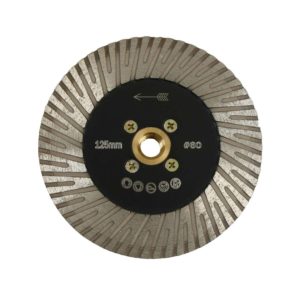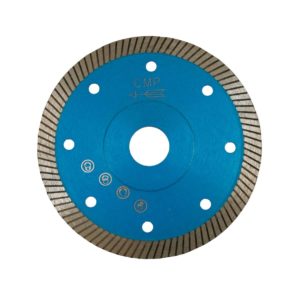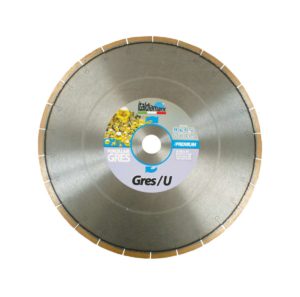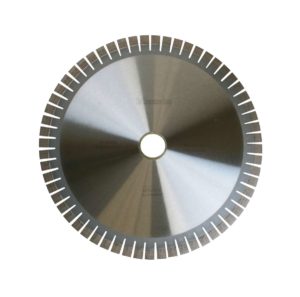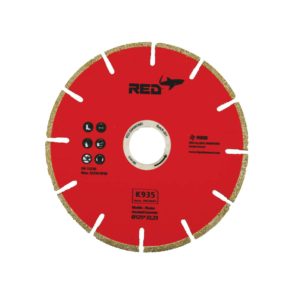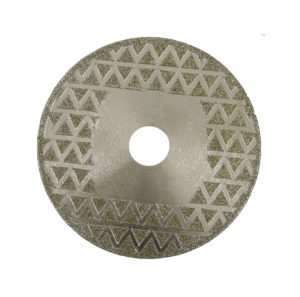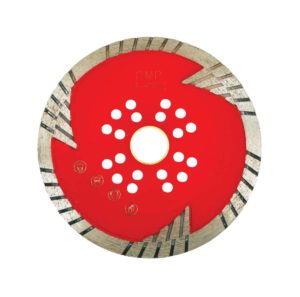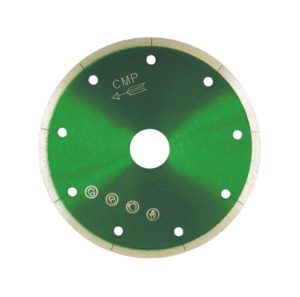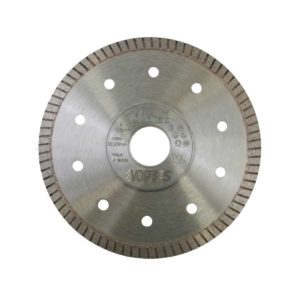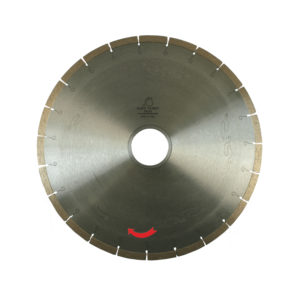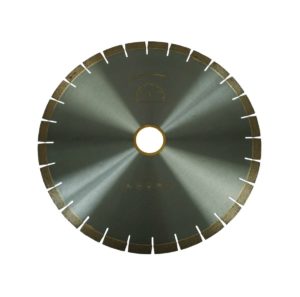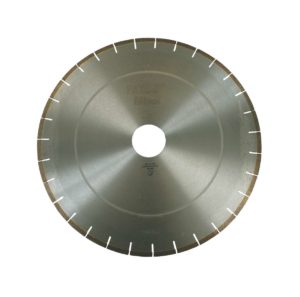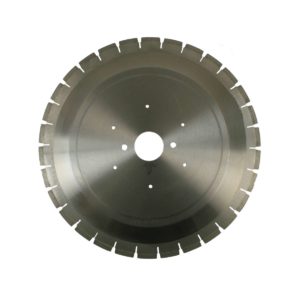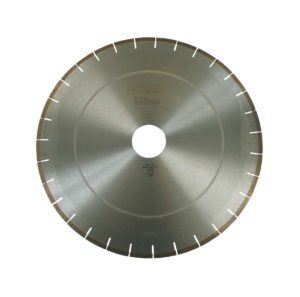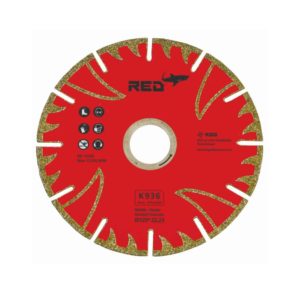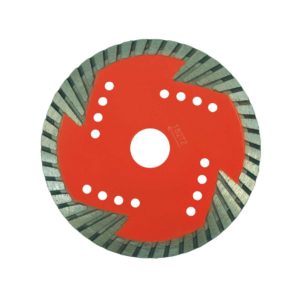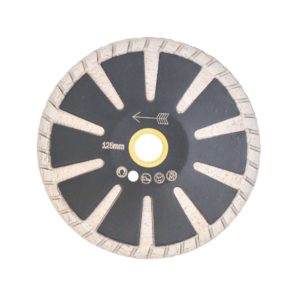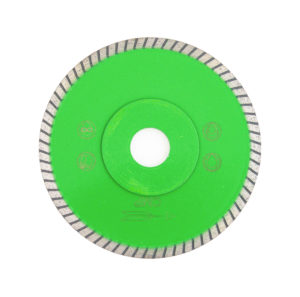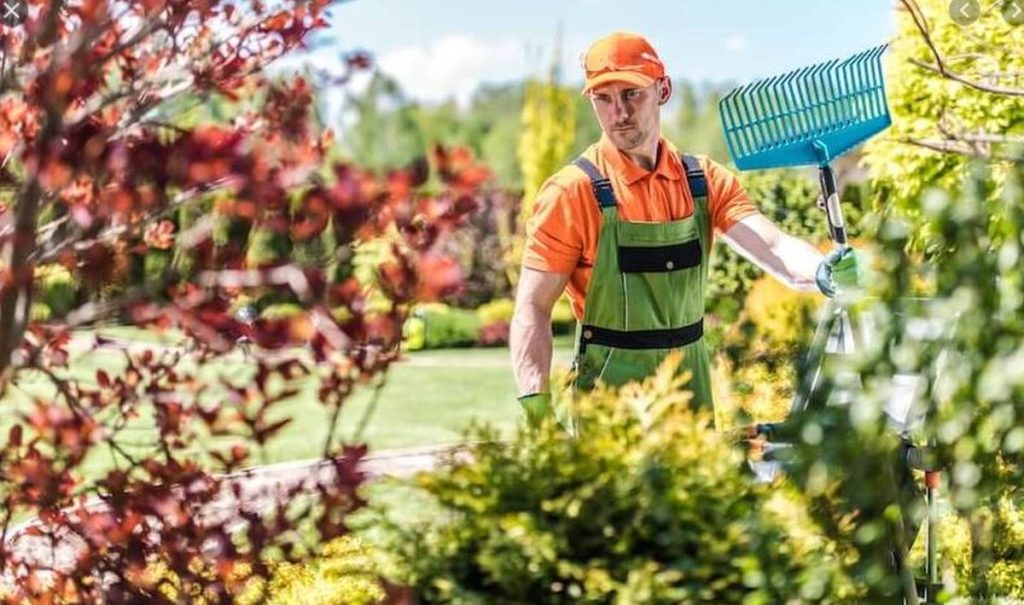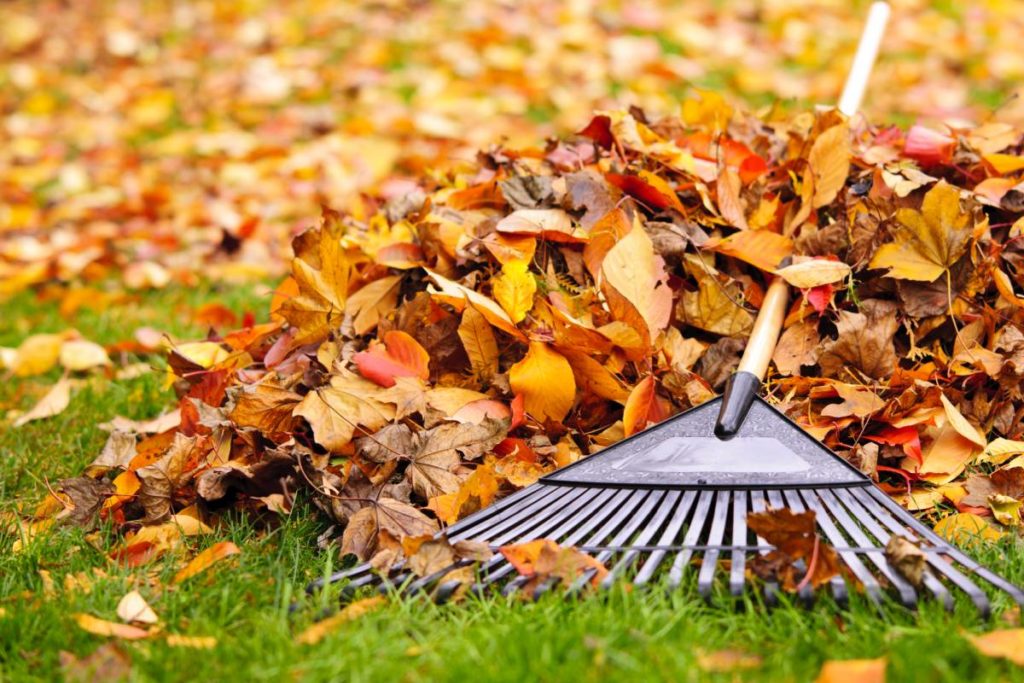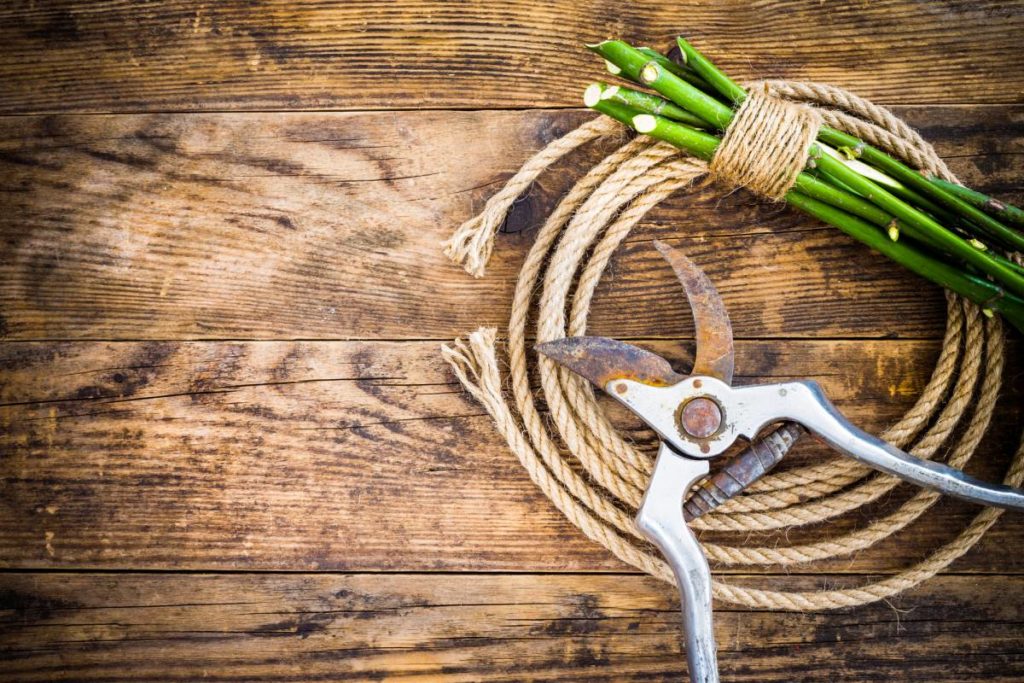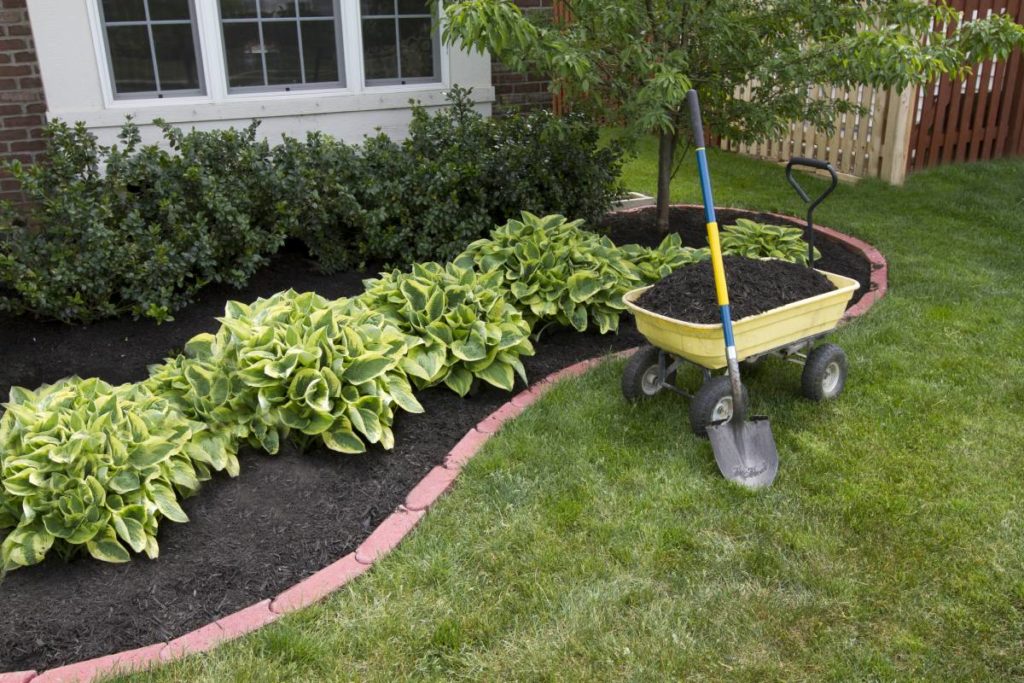Landscaping Tools & Supplies Melbourne
CMP Stone in Hallam are a stonemason tools supplier in Melbourne that specialises in Landscaping Tools & Supplies.
We also specialise in tools for:
- Monumental Stone Masonry
- Stone Masonry Tools & Equipment
- Bricklaying Tools & Equipment
- Marble Cutting Tools & Equipment
- Sculpting Tools & Equipment
- Landscaping Tools & Equipment
- Tile Cutting & Tiling Tools & Equipment
- Dry Wall Masonry Tools & Equipment
Professional landscapers and groundskeepers are responsible for a wide variety of yard maintenance tasks, including but not limited to: raking, mowing, pruning, planting, digging, and mulching. A landscaper's job is to improve the appearance of every yard they work on.
They tend to the landscaping and grounds of a commercial or institutional establishment. Maintains the exterior of the building by planting flowers, mowing the lawn, weeding, and repairing any damaged areas.
When it comes to the design and building of ponds, sculptures, or topiaries, landscaping is a more expert form of gardening. In order to achieve aesthetic and functional goals, outdoor areas can be enhanced through the practice of landscape design. Gardens and parks for the public are two examples of large-scale initiatives that could be undertaken. Gardening might involve things like weeding and pest management, whereas landscaping is primarily about design. Many landscaping businesses, however, also offer gardening help.
Professional landscapers are hired to create gardens in larger outdoor spaces. Professional landscapers consider not only the plants but also the placement of sculptures and water features, tailoring the overall look and feel of the landscape to the client's needs in terms of texture, colour, and flow.
There is a wide range of landscape styles, from the bare minimum to elaborate rock formations. One can grow a very specific sort of plant, fruit tree, or tree, or one can grow a wide variety of plants. Gardens can be classified as either home gardens, which are located adjacent to the house, or wet gardens, which involve growing plants in or near water, such as in ponds, or rock gardens, which make use of the elevation provided by rocks to arrange plants in and around the rocks. In order to make use of the rocky terrain in their yards, some homeowners create rock gardens. Others fill their rock-free, level yards with stones bought elsewhere. With gardening, the garden's landscape rarely shifts.
In landscaping, it is common practice to use heavy machinery to dig up whole sections of land in order to alter the topography and introduce new elements, such as new plant species or soil types that aren't found locally.
Among the most important things they do are:
- Maintain the structure and the grounds.
- Cut the grass by walking behind or riding on a lawnmower.
- Get rid of the overgrown grass and weeds along walkways, flower beds, and walls, and mow the lawn by hand or with a powered or riding mower.
- Enhance the exterior of your home or business by landscaping with flowers, grass, shrubs, and bushes.
- Mosquitoes, wasps, ticks, and other pests can be exterminated by spraying the area with pesticides.
- To encourage development, nourish the soil.
- Clear the sidewalks of snow and spray ice melt to prevent accidents.
- Apply plaster, repair fountains, and perform other normal maintenance tasks.
- Clear the path of any litter by sweeping it up.
- Remove any hazardous tree branches.
- Weed and pruned shrubs.
- Maintain and fix up the groundskeeping tools you use.
- Establish outside seating.
- Maintained the garden by raking, mulching, and cutting back bushes as required.
- Put in some rock, cement, lighting, plumbing, and furniture.
- Apply fertilizer and water plants and grass as needed.
CNC TOOLS
8+ Products
GRINDING & SHAPING
20+ Products
CONSUMABLES
11+ Products
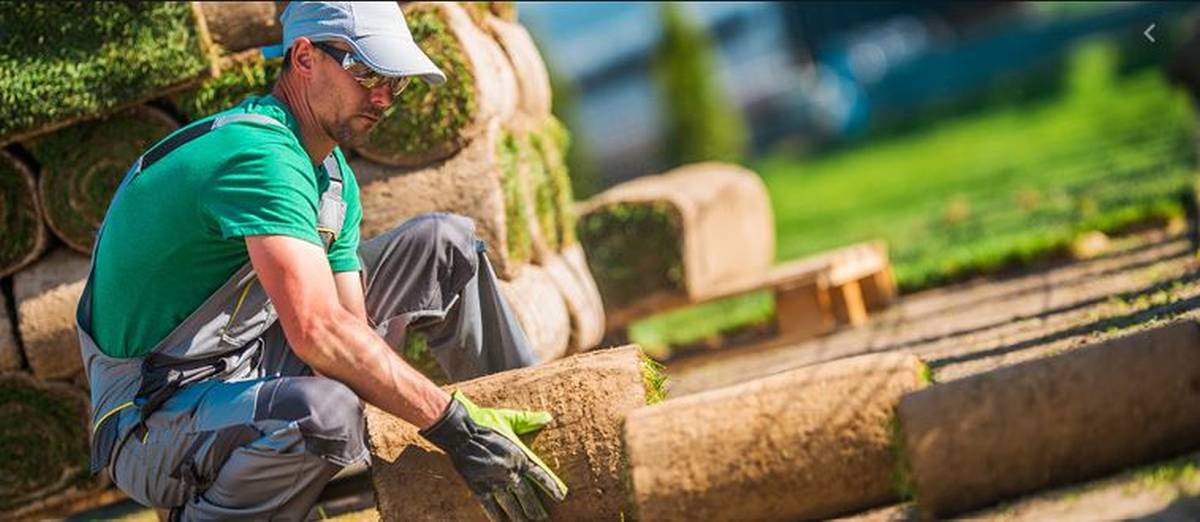
What is the difference between a Gardener and a Landscaper?
Gardeners are often referred to as "plantsmen" by landscapers because of their concern for the plants in their care. On the other hand, "hard" landscaping—the kind generally performed by landscapers—involves outdoor construction projects like laying down concrete or brick for a patio or constructing a wall.
The key to being a successful gardener is knowing what, when, and how to prune. In addition to weather monitoring and mowing height adjustments, a gardener's duties include spotting pests and diseases and treating the area with the appropriate feeds and herbicides. In addition to knowing where to find healthy plants, a seasoned gardener will also know which species do best in the area. A landscaper's tools are more suited to construction than those of a gardener.
There will inevitably be overlap, and a landscaper might also provide gardening services. Equally, a gardener will likely perform "soft" landscaping, such as mending fences, laying down mulch and gravel for aesthetic purposes, building flower beds, giving planting guidance, and other smaller landscaping tasks. A few gardening businesses, typically partnerships or larger organizations, will have the resources to provide both gardening and landscaping services.
Why are landscapes and features important?
Our health and happiness, as well as our overall quality of life, are profoundly impacted by the landscapes and features in which we live. They supply us with a larger framework through which to conduct our daily lives. To feel more at peace, it helps to be surrounded by natural environments that are both beautiful and have cultural significance. Travelling to remote areas with few human inhabitants is a terrific way for people to rediscover their connection to the natural world, recharge their batteries, and develop a deeper respect for and understanding of the Earth's rich cultural and ecological history.
Attracting inhabitants and investors, as well as tourists, high-quality landscapes can boost local economies. Agriculture, forestry, and gardening are only a few of the key producing industries that rely on rural landscapes.
There are a variety of landscapes that people appreciate for various reasons. The aesthetic worth of some landscapes is widely recognized and celebrated. Various landscapes are renowned for their one-of-a-kind qualities due to the cumulative impact of human and environmental factors. Such scenery has the potential to become deeply ingrained in regional identities. They make everyone who lives here or visits often feel like they're a part of "our place."
Does Landscaping Increase Your Property Value?
A property's worth can be increased by tens of thousands of dollars through landscaping. It's one of the rare house renovations that not only pays for itself in the short term but also appreciates in value over time. Plants tend to get fuller and harder as the years pass, in contrast to interior furnishings and design ideas, which tend to fall out of style more frequently.
A home with attractive landscaping can command a higher selling price than one with no landscaping at all. This benefit can be as high as 12.7 per cent, although it varies widely based on the style of landscaping and the home's initial worth. On a home worth $300,000, that's an increase of between $16,500 and $38,100. However, landscaping entails more than simply planting some flowers and bushes. Potential buyers care most about a well-manicured landscape design. The size and maturity of the plants follow closely. The variety of plants used in the landscape is a secondary consideration but one that should not be overlooked.
Not having a plan is the most common mistake made by homeowners while landscaping. They plant one tree, then some flower beds a few years later, and eventually, perhaps some shrubs and a second tree. Purchasers are put off by a landscape that appears to have been put together in pieces. Before beginning any landscaping, make a plan. Do some planning for your yard even if you can't or won't engage a professional landscape designer. Inexpensive plants and materials (between $ 500 and $ 3,000) can provide a do-it-yourselfer a landscape that looks like it was designed by a pro.
Large, well-established trees and shrubs are a sign that a landscape has been well cared for throughout the years. To put it another way, it conveys a strong message of encouragement to potential purchasers. That's reassuring because it suggests they maintained the interior. Potential homeowners will appreciate this.
If you intend to stay in the house for a while, it's a good idea to create a landscaping plan for the foreseeable future. It is possible to increase your home's selling price by as much as ten percent by taking early action to improve your landscape if you expect to sell within the next year. If you want your landscape to look professional, you should do things like cut new edges around your planting beds and make a clean break between the grass and the mulch or dirt. You should also start fertilizing your lawn on a regular basis so that potential purchasers perceive a rich carpet instead of a patchwork quilt. You can add some colour with flowers by purchasing colourful annuals for a few dollars each and investing a few hundred dollars on larger perennials and bushes. This will prevent your yard from seeming as though you just started working on it.
Landscaping Tools
Horticulturists, gardeners, and landscapers couldn't do their jobs without landscaping tools. With the right landscaping and gardening equipment, you may get ready to create beautiful gardens and landscapes.
In a SnapShot
If you're a professional who does landscape maintenance and gardening, here are some of the tools you might need:
Digging Tools
- To loosen soil, use a pointed or square-edged shovel.
- A spade is useful for unearthing almost anything.
- A spading fork is a non-bendable tool with square tines.
- A long-handled cultivating hoe, or a scuffle hoe, is used to remove unwanted vegetation.
- For penetrating with a pick and for cutting and chopping roots with a mattock.
- Standard hoses have a 1-inch diameter and 50 feet of length and are made with cast, dependable brass fittings.
- Dandelion tool: a compact chisel-like instrument
Cutting Tools
- with a sheath for the pruners
- Loppers: for severing thick limbs
- Saw for trimming branches to get in tight spaces
- Manual hedge shears are used for shaping topiaries, and electric or gas hedge shears are used for shaping hedges.
- Professional blade and tool sharpener: maintaining razor-sharp edges
Grading Tools
- A heavy instrument (often filled with water) used to level lawns is called a lawn roller.
- Use a hand tamper to compact loose materials like gravel, crushed stone, or soil.
- Similar to a hand tamper but powered by gasoline is the power tamper, often known as a Jumping Jack.
- To compact soil for large projects, use a vibrating plate compactor.
Measuring Tools
- A sighting level is a type of surveying tool used to determine the inclination angle between the user and a target.
- With a tape measure, the longer, the better, say, 100 feet.
- A measuring wheel is a tool used to take measurements on-site.
Marking Tools
- Applicator for marking paint: a tool for drawing lines on turf, concrete, and other surfaces.
- Wheel of chalk: a tool for making quick, temporary lines
- The many uses of flagging tape in the fields of surveying, mapping, tagging, and other forms of marking
Miscellaneous
- The sledgehammer is a hefty hammer with a long handle and two heads that can be used for driving stakes into the ground or other similar tasks.
- One-handed jack: a sledgehammer with a short handle
- a hammer designed specifically for driving tree stakes
- Hammers, hand saws, power saws, drills, level, square, and plumb bob are all essential basic carpentry tools.
Landscaping Hand Tools
You'll be doing most of your landscaping by hand, so it's crucial that you stock up on high-quality basics at the outset. When first getting started, it's not necessary to go out and buy expensive power tools; you can simply rent them. An early outlay of money on high-quality hand tools is a wise decision, as these items, if cared for properly, can last a lifetime.
These are some guidelines to follow when shopping for hand tools:
- Choose tools with wooden or metal-coated handles, as they are sturdy without being cumbersome.
- Choosing tools with handles manufactured from close-grained wood is important since such wood is structurally sound.
- Paint on tool handles is typically used to cover up cheap materials. Thus, it's best to avoid buying tools with painted handles.
- Tools with tubular steel or fibreglass handles are an investment worth making because of their durability and longevity.
- When possible, go for longer tools with "D" shaped handles to reduce strain on your hands and wrists.
- Choose versions with seamless construction, as the head won't ever become dislodged.
- It's a good idea to practice the tasks that will require a certain tool's use before making a purchase. Try it on for size and length to see whether it suits you; if it doesn't feel right, pass.
Long-handled hand tools
When landscaping, the long-handled hand tools you use the most will be the ones you spend the most time with, so it's crucial to invest in models that are both comfortable and high-quality. To help you out, we've compiled a list of the essential long-handled hand tools.
Shovel
As a landscaper, you will find yourself using a shovel more than any other instrument. You'll find yourself using it for practically every gardening task, from removing weeds to transplanting trees and shrubs to spreading mulch, compost, or gravel.
With such frequent use, a quality shovel should be a high priority in your hand tool budget. When prying up boulders and stumps, a model with a flexible fibreglass handle is worth the extra cost. A stainless-steel spade on a model means it won't rust and can be cleaned with ease.
Your shovel will serve you well if you sharpen it a few times a year. You can achieve this by clamping it to a table and using a metal file to smooth off the cutting edge at a 45-degree angle. After sharpening, the blade, you can help prevent corrosion by applying lubricating oil to it.
Transplant spade
It's important to have a transplant spade while relocating plants in the garden. Like a shovel but with a narrower blade that is simpler to use in confined locations like congested borders and causes less harm to the plant's root system.
Because plant transplanting is a regular part of your landscaping business, a dedicated spade is a must-have tool.
Spades
I think it's time we called a spade a spade. Due to their many uses and adaptability, spades of varying sizes and shapes are an indispensable part of any gardener's toolkit. Try telling it to someone who has dug a hole or trench by hand. Aim to find spades that:
- feature shock-absorbing wooden handles with ergonomic designs
- consist of rust- and bend-proof stainless steel head
- are robust and incisive enough to sever roots and soil when digging.
Spreaders and Sprayers
You should consider fertilizing as one of your core services, even if you plan to focus primarily on mowing. A broadcast granular spreader, as its name suggests, is ideal for this task because it scatters the fertilizer across a wide area.
Get a three-gallon pressurized herbicide sprayer to eliminate weeds in pavement or road cracks. Purchase of this size will cost you around $40. The four-gallon backpack sprayer is the most practical option for lightening the load for properties larger than half an acre.
Rakes
It's best to purchase a gardening tool that meets as many of your needs as possible. Rakes with multiple uses can do more than just collect leaves and other trash; they can also be used to shovel and sift soil. If you're just getting started in gardening, you'll want a rake that can do a variety of jobs, like:
- Can act as a replacement for a set of cumbersome tools
- polycarbonate or another similarly lightweight but robust material
- Capable of creating holes that allow air to reach the soil
Any competent landscaper will have multiple rakes at their disposal. For spreading and levelling soil, mulch, compost, and gravel, you need a steel rake with a flat head, while a leaf rake's tines are considerably longer and more flexible, making it excellent for picking up leaves, twigs, and other garden detritus.
You should invest in rakes with high-quality hardwood handles, as this is the most pleasant and forgiving substance on the hands. Since rakes are not used to dig with as much force as shovels, a fibreglass handle is not necessary.
Dutch hoe
A Dutch hoe, another vital long-handled hand tool, can make short work of weeding flower beds. The blade of the hoe can be used to easily sever the weeds from their underground bases, just a few centimetres down. No other method of weeding a garden is as effective as this one, making it a necessary tool for every gardener or landscaper.
For the same reason that a rake with a high-quality wooden handle is preferable, the same goes for a home.
Garden fork
If you know anything about Melbourne's soil, you know that some locations have very hard, clay-filled soil. If that describes your garden, you need a good, strong garden fork to aerate the soil. Keep your eyes peeled for a great fork that:
- It is well-balanced and ergonomic, allowing for continued use
- Has curved, but strong tines for digging and turning mulch and soil
- Has straight, square tines for making inroads into hard, solid ground
You can use a garden fork to loosen the soil before planting and to lift plants out of the ground without injuring their roots. A garden fork is also useful for mixing in organic matter like manure, compost, or fertilizer around the base of plants. You should invest in a high-quality model with a fibreglass handle and stainless steel prongs for your landscaping firm, as these will last for decades and be used frequently.
Lawn shears
Shears specifically designed for cutting grass are called "lawn shears," They are indispensable for maintaining areas your mower can't get to. Invest in a set with extended handles so you can work upright in ease. As an added bonus, you can use your lawn shears to clean up the areas surrounding your trees and shrubs, as well as to tidy up the edges of your flower beds and walkways and to prune back your ornamental grasses and groups of perennials.
Pruners
You may easily and rapidly remove branches up to an inch thick with a set of long-handled pruners. A set with extending handles is ideal for pruning trees and large bushes since it allows for straightforward, uncomplicated pruning.
Short-handled hand tools
Swap out your long-handled tools for their shorter-handled alternatives while working in tighter quarters, such as along a border. Advice on selecting the most useful short-handled hand tools for landscapers is provided.
Trowel
Your trowel will be the most-used hand tool in your landscaping arsenal, right alongside your shovel. You can use it to pull weeds and old stalks out of the ground, plant saplings, and dig small holes. If you're working in a border consisting of little plants, you should use a trowel to avoid damaging the roots of the plants you intend to keep.
Trowels with stainless steel blades are rust-proof and easy to keep clean, thanks to the metal's polished finish.
Secateurs
Pruning is an essential part of getting your plants ready for the changing seasons. Pruning removes diseased or damaged branches and promotes healthy new growth in the stem.
Pruning can be made simple with a high-quality pair of secateurs, particularly if they:
- With its replaceable blades, it can be used repeatedly over a long period of time.
- Shaped to fit the palm of the hand for improved leverage and ease of use.
- including several functions, such as locking mechanisms and sap grooves
Your secateurs will quickly overtake your trowel as the short-handled hand tool you rely on the most. Take cuttings for propagation, use them for trimming, and remove branches, twigs, and bamboo up to 1cm thick.
You should equip yourself with both bypass and anvil secateurs. Bypass secateurs are great for trimming living plants because they use two blades that meet in the middle to make a clean cut. When used on dead vegetation, however, the blades might become bent and even break. Anvil secateurs, which have a crushing motion that makes quick work of twigs and stalks, are ideal for dealing with dead and dried-out foliage.
Advice: Always disinfect your secateurs to stop the spread of illness from one plant to another. Methylated spirits are ideal for this purpose.
Hand rake
If you want to get rid of leaves and other garden trash from in between plants without harming the roots or crowns, a hand rake is your best bet. Rather than trying to squeeze your leaf rake into an impractically small place, make sure to buy this necessary equipment.
Knife for Japanese gardens (or hori-hori)
The Japanese hand tool in question is incredibly flexible and should be in any landscaper's arsenal. It can serve as a substitute for a trowel when digging, but it really shines when planting bulbs or pulling weeds. Cut roots and divide small perennials using the saw blade, and pry tight open spaces with the pointed end.
Planting bulbs is a breeze with a Hori Hori; simply poke it into the earth to the desired depth (using the ruler as a guide), wiggle the blade, and drop the bulb into the hole.
Hand cultivator
The bent prongs of these handheld garden forks make quick work of stirring soil, mixing in fertilizer, and excavating large weeds, even in densely packed flower beds.
Landscaping Power Tools
Power tools are an essential part of any landscaping firm, and you'll need several different kinds to get the work done quickly and effectively. While you'll still rely on your hand tools for the majority of the work, these power tools will allow you to complete projects more quickly and expertly.
Even though power tools cost more than hand tools, you shouldn't avoid using them because of the price difference. Superior performance and durability come at a price, but investing in high-quality goods will save money in the long run.
General rules for choosing power tools
- Get the greatest equipment you can afford, but avoid spending extra on features you won't use. There will be an increase in the bulk and complexity of these tools.
- To ensure you can always get a replacement part for your power tools, invest in a well-known national or international brand.
- Buy electric tools that share a common battery and charger to avoid carrying around extra power sources.
- If you can hold out for sale, that's when you should buy your power tools.
- If you're in the market for some new power tools, it's important to know what's and isn't included in the price and to fork over the cash for any necessities that weren't thrown in. Keep this in mind while you draft your budget.
The essential landscaping power tools
Without a reliable set of power tools, even the most fundamental landscaping activities, like mowing the lawn or shaping topiaries, would be a major hassle. In this article, we will discuss some things to consider while purchasing power equipment for landscaping.
Lawnmower
When working as a landscaper, your lawnmower will be the most important power item you own. In order to efficiently manage a number of large lawns, you should purchase a gasoline-powered ride-on mower with a cutting width of at least 30 inches.
There is a bewildering variety of commercial lawnmowers available. These days, most are self-propelled, which is a feature you'll greatly appreciate after spending hours traversing acres of green grass under the blazing sun. Mowers also often come with helpful attachments and features like mulchers and side catchers, which can make your job easier.
Spending a lot of money on a high-quality lawn mower may seem wasteful at first, but it's something you'll use on a daily basis and deserves to be of the highest quality possible.
Grass trimmer
For grass that grows in hard-to-reach locations such as around trees and mailbox posts, a trimmer is an indispensable tool.
If you have a patch of overgrown grass or weeds that you can't reach with your mower, consider investing in a lawn trimmer. This tool will make quick work of the problem and give you a clean edge all the way up to the edge of your steps and trees.
Leaf blower
If you own a landscaping firm, investing in a leaf blower will save you many hours compared to using a rake to clear a large lawn of fallen leaves. A backpack blower can be used to redirect errant cuttings back into the grass.
Tiller
Another essential power equipment for any landscaper is a tiller, as this will help you to quickly and easily dig over existing flower beds or prepare the ground for brand-new ones.
In comparison to many large and expensive rear-tine machines, the Mantis tiller's front-tine design can break down soil and hard clay with more efficiency thanks to its innovative serpentine tines.
Lawn aerator
Aerating a lawn loosens the soil below it, increasing the amount of water, oxygen, and nutrients available to the grass, allowing it to grow to its greatest capacity and look its best.
Manual aerators are available, but power tools are preferable for commercial landscaping. You can buy standalone units, but if you already have a Mantis tiller, the lawn aerator attachment is a better choice because it can be stored on the machine.
Lawn edger
Driveway and sidewalk edges can be cleaned up with the help of an edger.
Although you may achieve the same results with manual tools, a lawn edger will save you hours of labour by making quick work of trimming the edges of your clients' lawns. If you already own a Mantis tiller, the border edger attachment will save you even more money by doing the same job.
Chainsaw
You'll be sorry you bought a big and bulky type when you're using it on a ladder, but a chainsaw is an indispensable power tool for trimming the limbs of bushes and trees that your hand tools can't reach.
Pole pruner
The use of a pole pruner, a specialized power instrument that features a saw blade at the end of a lengthy pole, is another great alternative for performing tree surgery in a safe and hassle-free manner, as it eliminates the need to climb ladders to get higher branches.
Hedge trimmer
A hedge trimmer is an indispensable tool for maintaining the perfect appearance of your clients' hedges and making quick work of other topiary tasks.
It's important to choose a lightweight and maneuverable hedge trimmer because you'll be using it for lengthy periods of time and need to keep close control of it even when you're tired.
Garden shredder
A garden shredder is a powerful instrument that may be used to turn garden waste into mulch and wood chips for use in the garden, reducing waste and saving you money.
Snow thrower
A snow plough for your truck or a snow blade for your mowers is an essential piece of equipment if you intend to provide snow removal services during the winter.
You can keep your business afloat during the winter months when your clients' gardens are dormant by scheduling all of your tree surgery jobs then, and you can also earn extra money by clearing their driveways and walkways of snow using a Mantis snow thrower, which will make quick work of the task.
More Landscaping Essentials
We've compiled a comprehensive list of everything from hand tools to power equipment that will be necessary for you to get started in the landscaping business.
Gardening gloves
If you want your thumbs to turn green, you need to protect them from thorns, thistles, splinters, dirt, and infections by wearing the right gardening gloves.
- Meant to shield the sensitive ligaments of the wrist
- Waterproof and dirtproof while still allowing air circulation.
- Strong, yet soft, pliable, and user-friendly
You should equip yourself with three sets of gloves for your landscaping tasks. A couple of washable synthetic gloves are appropriate for general maintenance, including deadheading, weeding in dry soil, and handling seeds. Latex-coated cotton gloves are waterproof and puncture-resistant, making them ideal for working with damp soil and prickly plants.
Buckets
When operating a landscaping business, you will need a lot of buckets for transporting materials, disposing of trash, and general cleanup. Invest in models made of thick plastic so that they last for years, and pick one with measurements running up the inside so that you can accurately transport liquids.
Ladders
To get to the tops of trees and tall hedges, you'll need a combination of step and full-size ladders; if you want something that's easy to transport and won't leave a big mark in the grass, consider investing in a set of Japanese tripod ladders made from aluminium.
Wheelbarrow
With a wheelbarrow or garden cart, you can move heavy objects like soil, boulders, plants, leaves, and more about your garden without straining your back or shoulders. This is especially helpful for larger gardens.
- Well-proportioned and balanced
- Strong, sturdy, and resistant to rust
- Generously proportioned, with a capacity of over 100L
Choose a plastic wheelbarrow over a steel one because it will be easier to move around and because it won't rust. One that has a single wheel in front will give you the most maneuverability.
Safety gear
OSHA warns that prolonged exposure to noise levels between 85 and 90 decibels, such as those produced by lawn equipment, can cause permanent hearing loss.
In addition to steel-toed work boots, you should wear a solid pair of safety glasses, work gloves, and a hard hat while on the job. This is especially crucial if you operate in hot conditions and your hands tend to sweat.
Landscapers should always wear protective gear when using power tools. This includes eye and ear protection, gloves, and if you'll be working with trees, steel-capped boots. Keeping your arms and legs covered is also a good idea since tree sap can cause serious skin irritation.
Whether you're weeding or feeding, you'll be spending a lot of time on your knees, so it's important to protect them. Knee pads are an excellent preventative precaution that will allow you to spend more time working in your garden.
- Make sure they fit your legs well to avoid falling.
- are sturdy, comfortable, and well-supported
- Have the ability to be cleaned in a washing machine
Gardening hose
A decent garden hoe will help you get things done faster and with less work. Its right-angled blade will dig deep into the soil, and its lightweight design will allow you to move large amounts of dirt with little effort.
- Built to break through solid surfaces, these tools are sturdy and reliable.
- Being able to hold it for an extended period of time without experiencing strain on the arms or back is a major perk.
- Finished to prevent splintering over time
Hoses and irrigation systems are sometimes disregarded in new gardens, despite their importance. Water not only carries nutrients and oxygen to your plant's roots but also circulates around your garden.
- Built from rubber to prevent kinking and tangling
- The ideal dimension for the desired force
- All areas of your garden can be reached thanks to the movable pieces and nozzles.
Choose a hose that has crush-resistant couplings made of solid brass, and choose the longest model available, which is usually 100 feet. The best hoses are strengthened with a synthetic mesh layer, allowing them to bend freely without kinking.
Retractable safety knife
The kitchen isn't the only place a nice knife has a place of honour; a garden knife may be used for a variety of tasks, from rapid pruning to cutting string to boring small holes.
- Uses high-grade, corrosion-resistant stainless steel
- Capable of being honed with little effort
- can be folded up for convenience and safety during storage.
When landscaping, it's helpful to have a utility knife on hand at all times; preferably one with a lock, a safety guard, and a blade that can be changed without the need of a screwdriver.
There are a few other things you'll need every day, and they are:
- A watering can
- Extension leads (if you have electric power tools)
- Foam knee pads for planting in comfort
- Twine for tying up plants
- Push broom
Because you'll be using your hand and power tools every day, it's important to invest in the best possible models that you can afford. Buying high-quality tools from the outset can actually end up saving you money in the long run because you won't have to replace them as often.
Instead of buying low-quality copies of every tool on this list because you don't have enough money to buy the best versions, you'd be better off starting with a small collection of high-quality necessities and adding to it from there.

